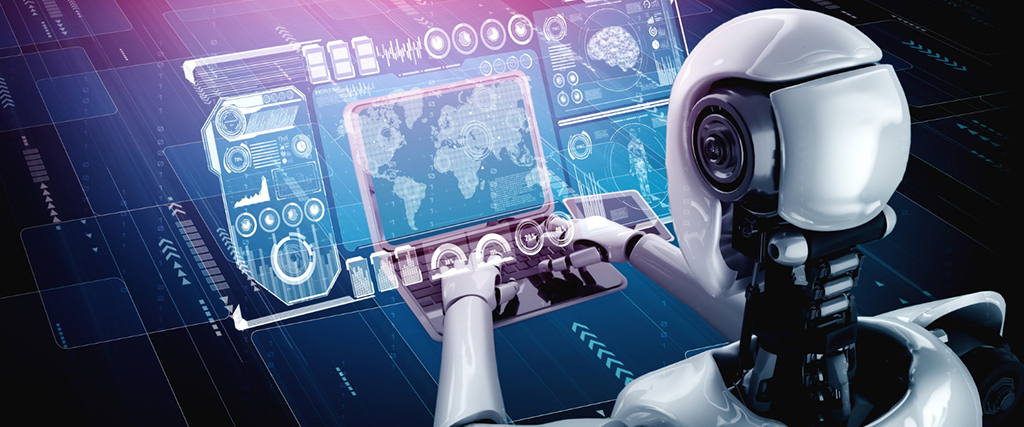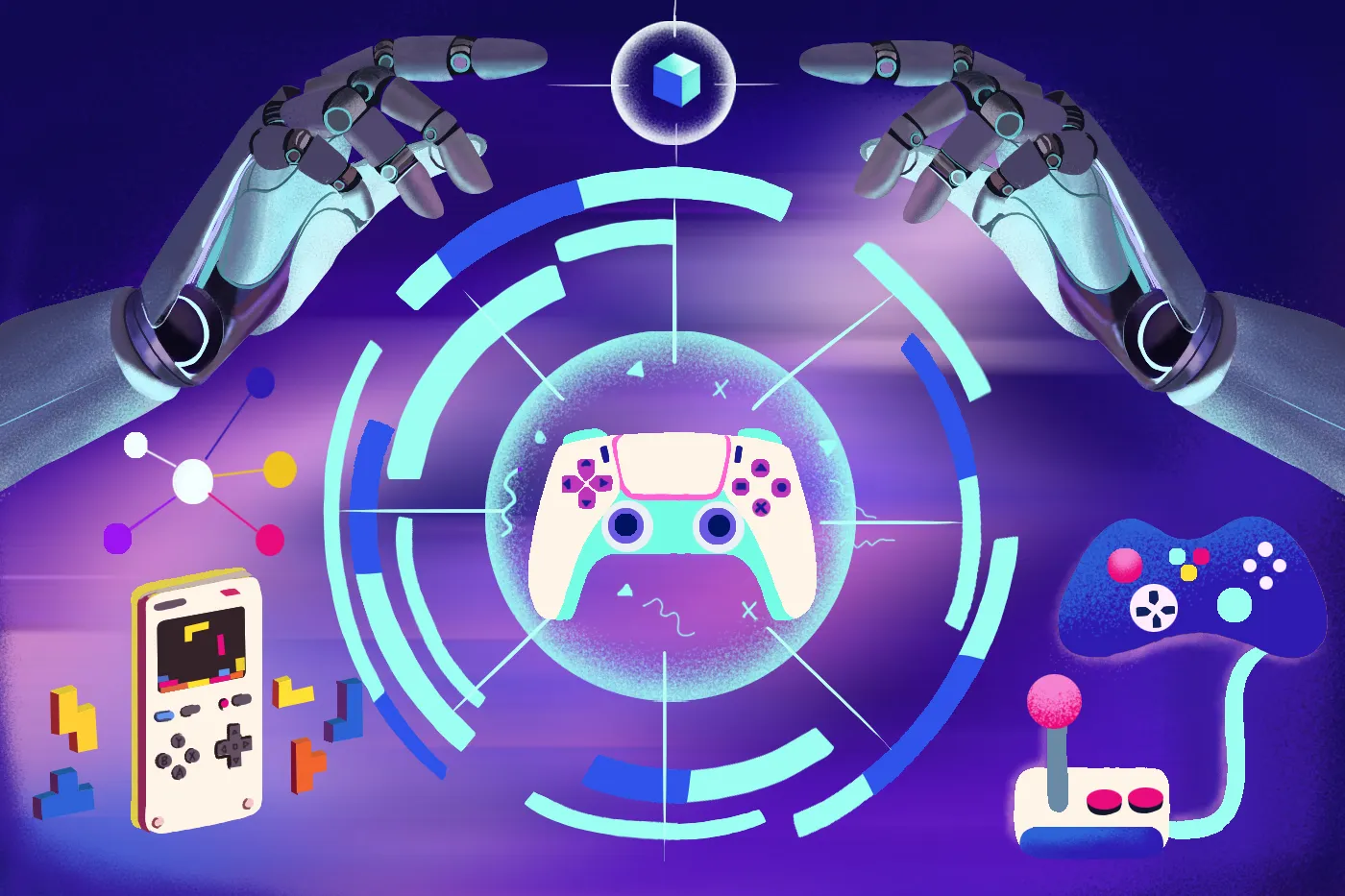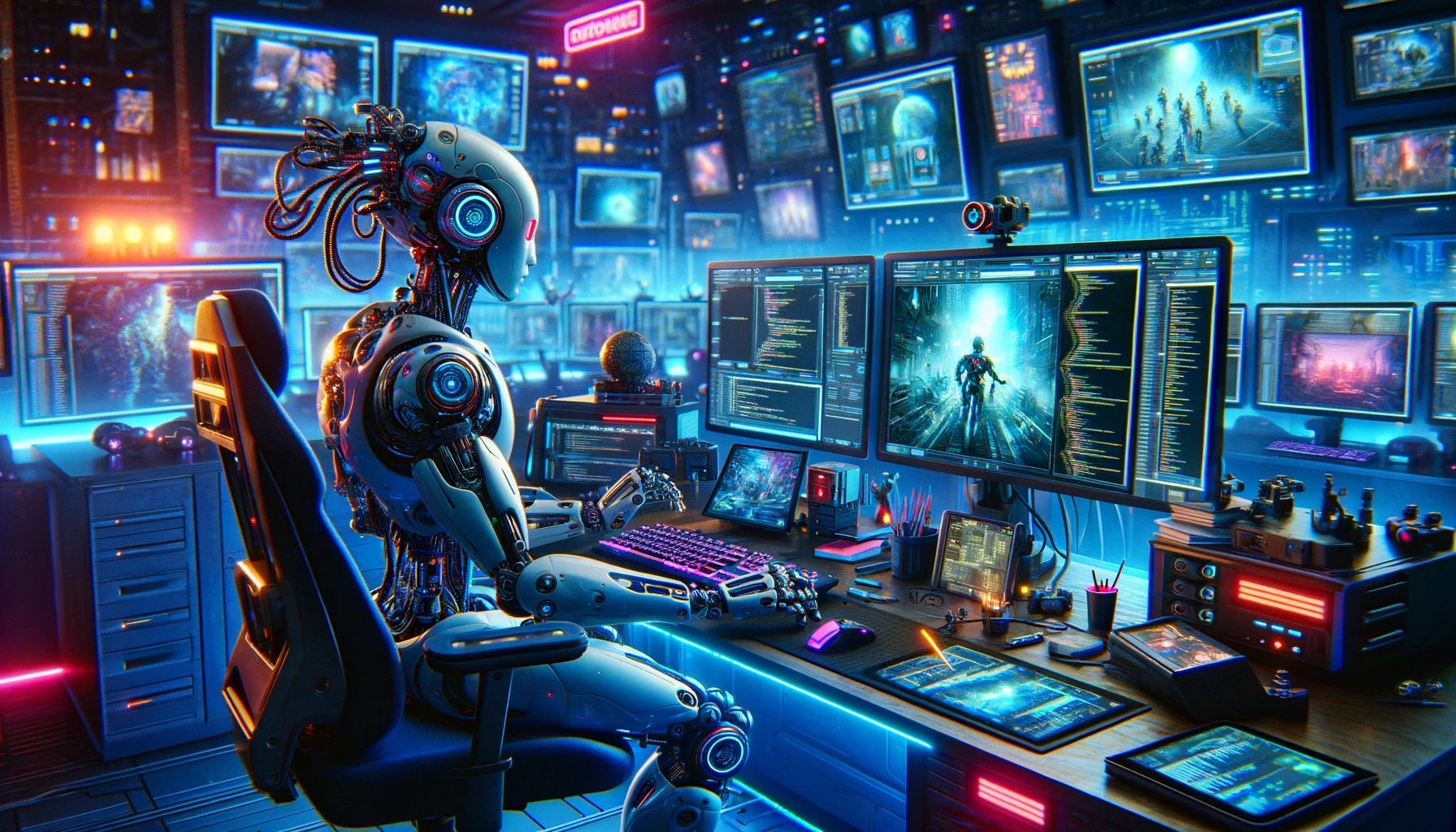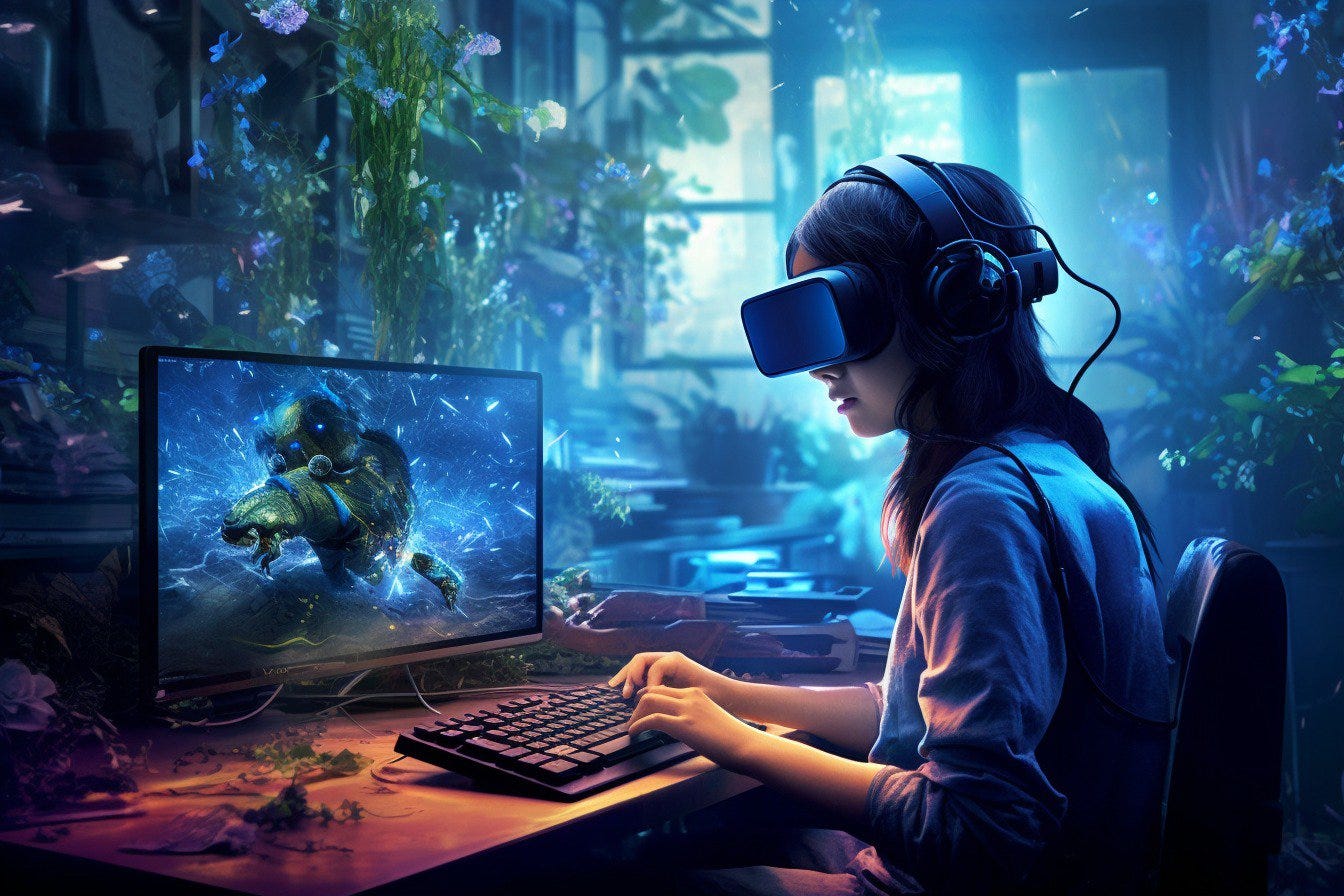Artificial Intelligence (AI) is becoming a major force in the gaming industry, revolutionizing game design, player experiences, and development processes. However, along with its growing influence, several misconceptions about AI in gaming have also emerged. Understanding these myths is crucial to fully appreciate what AI can—and cannot—do in games.
What Are the Common AI Myths in Gaming?
AI in gaming typically refers to the algorithms and systems that control non-player characters (NPCs), adapt gameplay, and sometimes even create game content. While AI brings innovation, it is often misunderstood or exaggerated in its capabilities.
Key Myths About AI in Gaming
Myth 1: Gaming AI Is Real Artificial Intelligence
One of the most common misconceptions is that game AI is equivalent to human-like artificial intelligence. In reality, most game AI relies on predefined rules, scripted behaviors, and decision trees rather than true learning or self-awareness. Gaming AI is often more about creating the illusion of intelligence than actual thinking systems.
Myth 2: AI in Games Can Fully Adapt to Players
While some games feature AI that seems to “learn” from the player, most game AI doesn’t have advanced adaptive capabilities. It follows set patterns or difficulty scaling rules rather than genuinely learning or evolving over time.
Myth 3: AI Will Make Games Unbeatable
Many people fear that AI-powered opponents will eventually become impossible to beat. In truth, AI in gaming is typically designed to create fair and enjoyable challenges, not unbeatable foes. Developers intentionally limit AI capabilities to ensure balanced gameplay.
Myth 4: AI Replaces Game Developers
There’s a myth that AI can fully automate game development and eliminate the need for human designers and programmers. While AI can assist with level design, procedural content generation, and testing, creative direction, storytelling, and emotional depth still heavily rely on human developers.
Myth 5: All AI in Games Is the Same
People often assume that AI works the same way in every game. In fact, gaming AI varies widely—from simple rule-based NPC behavior to complex procedural systems. Each game may use a unique combination of AI techniques tailored to its design and objectives.
The Reality of AI in Gaming
- AI as a Tool: AI enhances gameplay by creating smarter enemies, adaptive difficulty levels, and dynamic game worlds.
- Illusion of Intelligence: Most gaming AI is designed to feel intelligent rather than actually being advanced AI.
- Assisted Creativity: AI can generate landscapes, stories, or game levels, but it still requires human oversight and creative input.
Conclusion
AI is transforming the gaming industry, but separating myth from reality is essential to truly understand its role. While gaming AI can create immersive, dynamic experiences, it is not the omnipotent, self-learning system many people imagine. It is a powerful tool—one that, when used responsibly and creatively, can push the boundaries of what games can offer.







Leave feedback about this